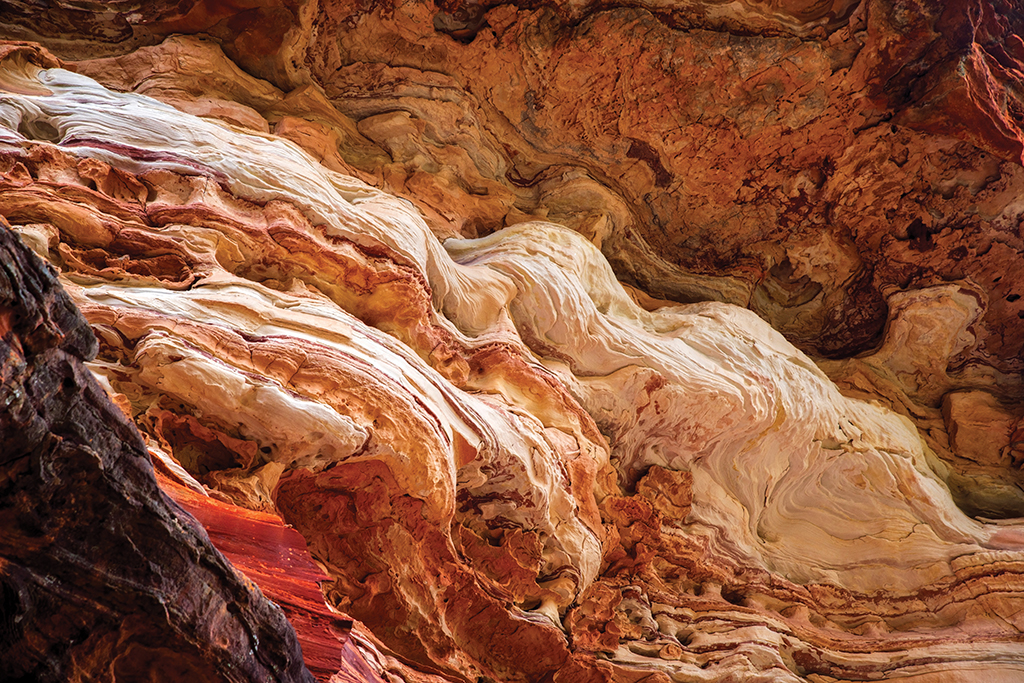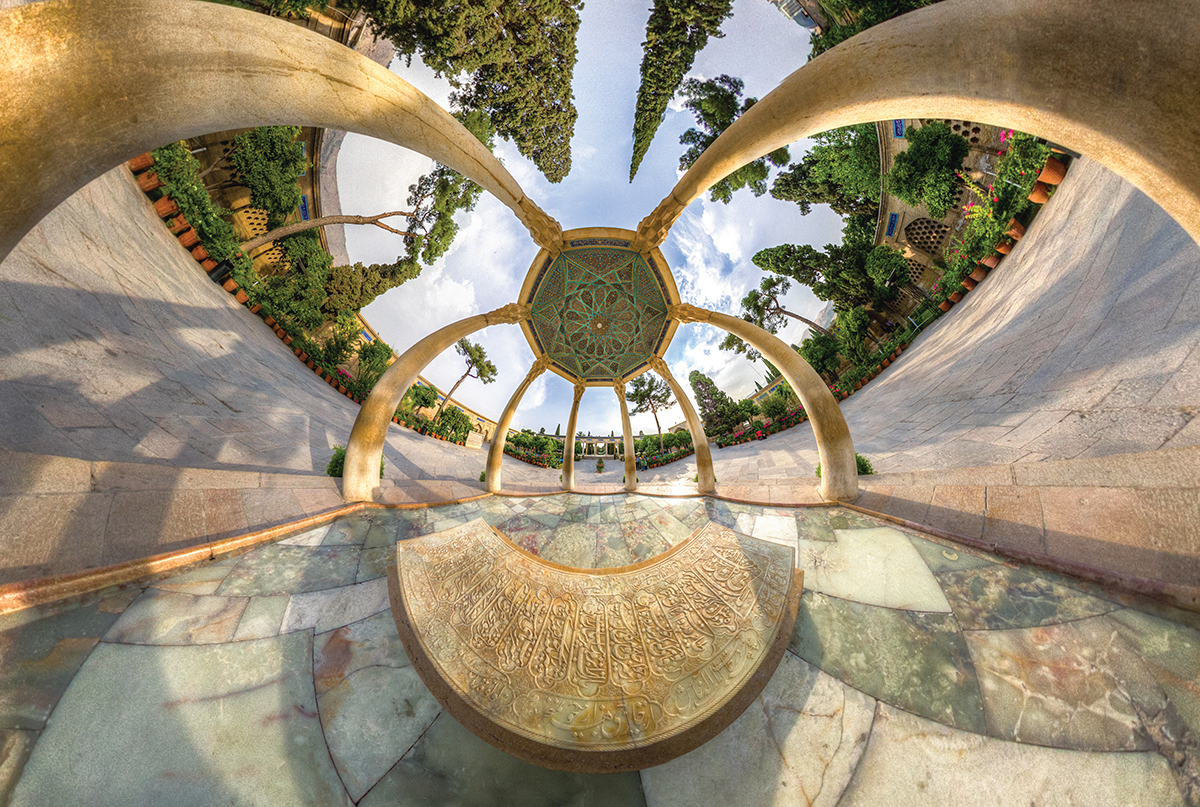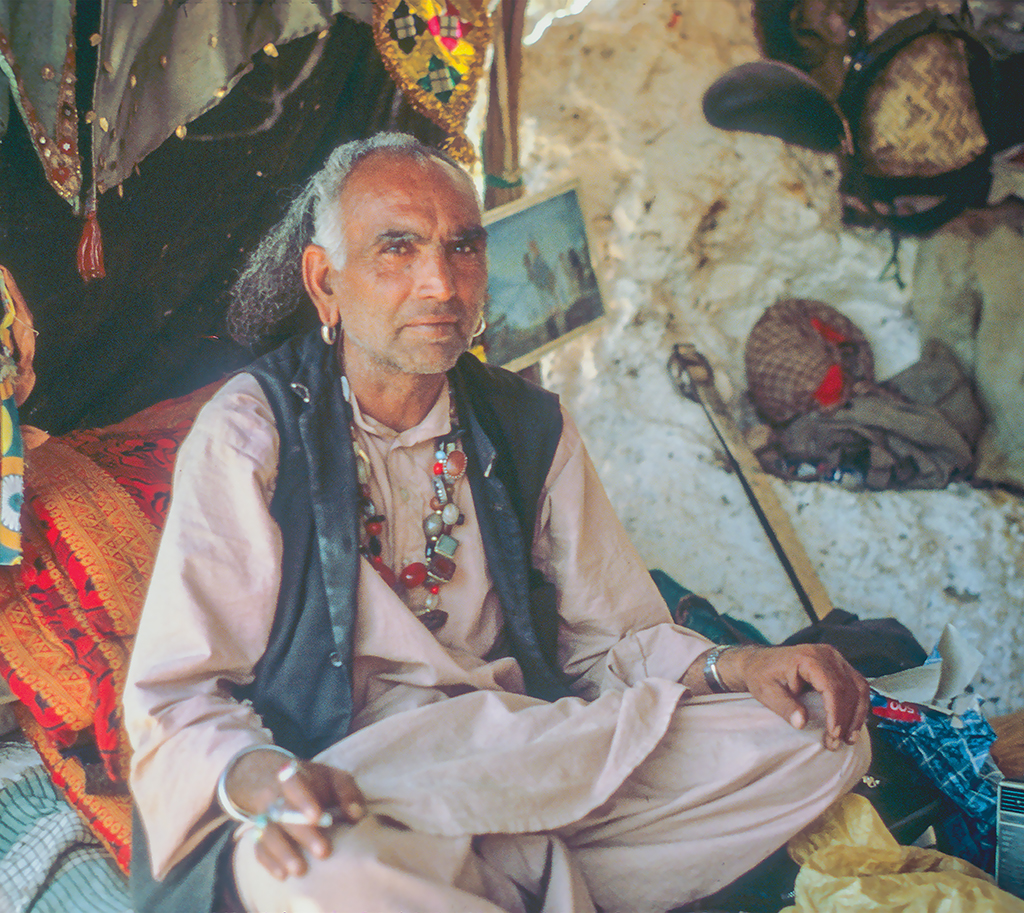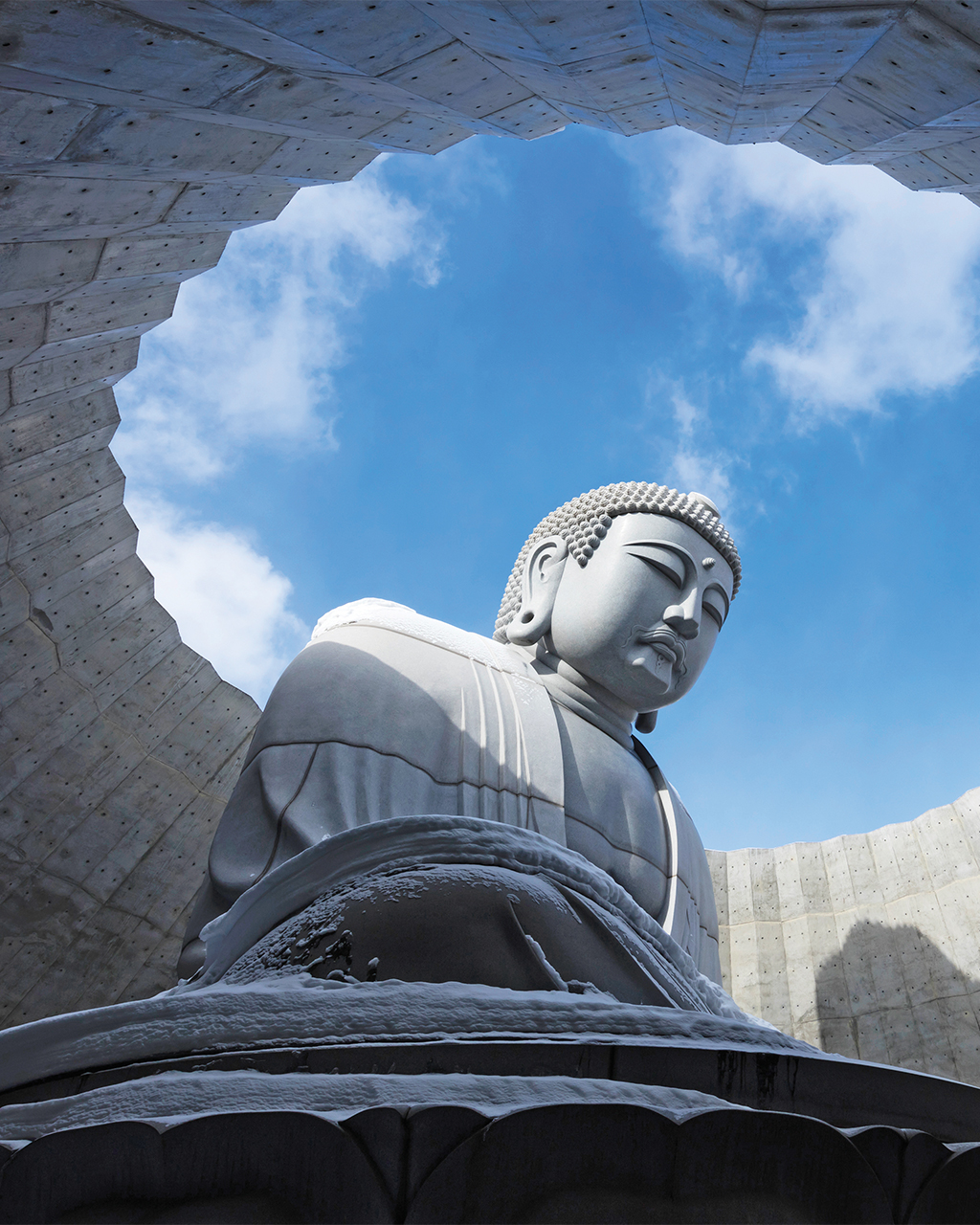Kim Lisson in Conversation with Nyoongar Elders Richard Walley and Carol Pettersen

What makes a place sacred? And how is the sacred defined? For Aboriginal Australians, sacred spaces are both tangible and intangible—some visible, some intuited; sometimes physical, often metaphysical. Sacredness is intimately bound up with the natural world and people’s relationship to it—in this life and beyond. Sacred sites are places of respect, stewardship, kinship, communion, ritual, healing, and they are far from homogenous. Them Aboriginal population of Australia is made up of many tribes and nations, each with their own sacred places, animal totems and other landmarks in geographic areas known as their “country.” Sacred places are as much a matter of identity and belonging as they are about transcendence.
To understand more about Nyoongar spirituality, and their notion of “sacred space,” writer, consultant and coach Kim Lisson spoke to two Nyoongar Elders: artist Richard Walley and social advocate Carol Pettersen.
Kim Lisson: So, when it comes to sacred space, would you be reasonably confident there are some significant similarities between different Aboriginal communities, or would you say it’s more characterized by its differences?
Richard Walley: Well, on this subject there’s a lot of similarities. Similarities because nature itself is a part of the system, it’s not based purely on the unknown and supernatural. It’s a combination of spirituality and the physical form, both in the forms of people, but more importantly place and plant.
Kim Lisson: And that forms a common connection point for the Nyoongar people, the environment of the south-west of Western Australia as common “country”?
Richard Walley: Exactly. We didn’t have borderlines that divided us, we had borderlines that actually joined us, and we shared common responsibilities. I think that was a fantastic system that operated by sharing responsibilities, caring for country, caring for animals and plants that are in your zone, but also out of your zone, becomes it’s something that links us together as a people.
Carol Pettersen is a Justice of the Peace, cultural advisor and Elder belonging to the Minung-Gnudju people of the Nyoongar Nation in the southwest of Western Australia. She has lived and worked in Albany for most of her life and is well-known throughout the Nyoongar nation as a tireless worker for her people. As a Justice of the Peace, Carol is still actively working in the courts as an advocate for social justice for Nyoongar people, which she has done for over 40 years. She is also very active in helping to bring about social and economic changes for Nyoongar people through land claims and access to mining income. She was a principal adviser to the Premier of Western Australia on women´s issues, a counselor with the Council of Albany, and has served on state and Commonwealth committees on issues such as Indigenous health, welfare, education and training. She retired from the public service in 1998 but continues to work as a volunteer for the Nyoongar community.
Kim Lisson: Carol, what’s your cultural background?
Carol Pettersen: I identify myself as a Minang-Gnudju woman of the Nyoongar nation. We have this dual dialect culture as well as a dual culture background, meaning that although my mother was a tribal woman my father was a white man, and so we’ve grown up with those. two cultures. And there was a big family… Mum and Dad had eighteen children. We know our totem, which is a little bird from our neck of the woods, which is the coastal strip—we were coastal people. An anthropologist described our family as the ‘shell people of the South Coast’. We come from a matriarchal line, we identify with that, and our little totem is a little bird, and it’s the spirit of our grandmother. Women were given little birds (and trees and flowers) as a spiritual totem and the men, the patriarchal line, were given big birds.
PHOTO © H L PHOTO / BIGSTOCK.COM
SUBSCRIBE TO READ FULL CONTENT






